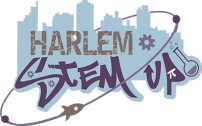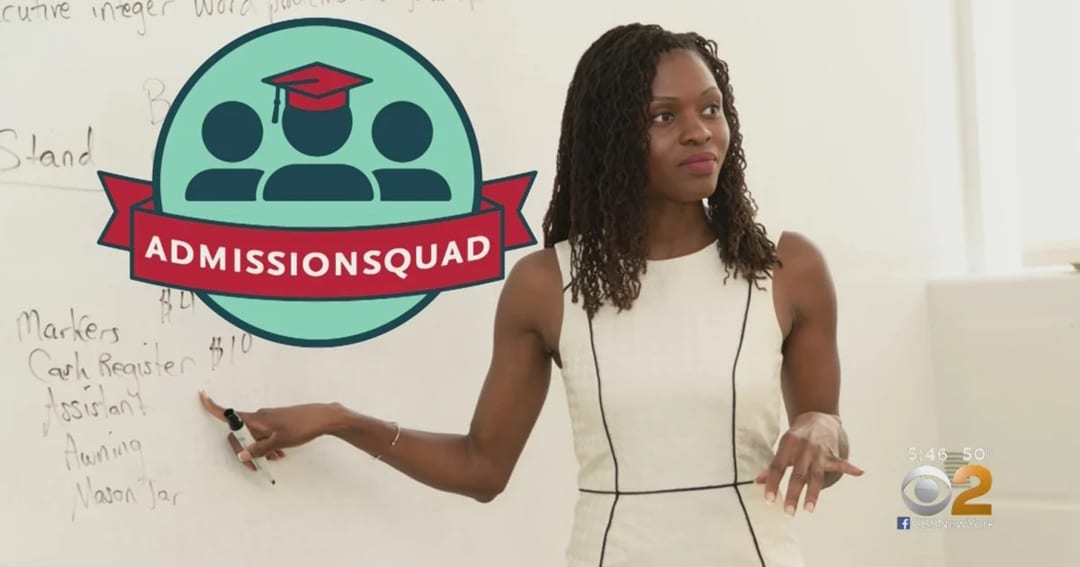At Harlem STEM Up, we believe the most powerful STEM learning often happens away from desks and devices. It happens in backyards and playgrounds, in parks and kitchens, during downtime and daydreams. Especially during the summer months, when schedules loosen and school is out, play becomes one of the most effective and accessible tools for developing the curiosity and confidence that STEM requires.
This summer, we’re encouraging families to make room for both play and rest—because both are essential to growing young scientists, engineers, inventors, and dreamers.
The Science Behind Play
Play is more than entertainment—it’s cognitive work. Neuroscience tells us that unstructured, creative play helps strengthen the neural pathways that support executive function, emotional regulation, and problem-solving. According to researchers cited by UNICEF, play improves children’s social skills, boosts resilience, and increases their motivation to learn.
For future scientists and engineers, that foundation is critical. When kids explore freely—whether they’re building with blocks, creating stories with action figures, or observing bugs in a community garden—they’re developing hypotheses, testing solutions, adapting, and trying again. In other words: they’re already thinking like scientists.
Outdoor Play Builds Observation and Wonder
Nature is one of the best STEM classrooms around—and in summer, it’s wide open.
You don’t have to leave the city to experience it. Harlem has incredible access to parks, playgrounds, gardens, and even nature-rich windowsills. These are perfect settings for developing skills like observation, classification, and pattern recognition.
For ideas on where to begin, check out the NISE Network’s Outside Toolkit. It includes activities like leaf scavenger hunts, sound mapping, and DIY weather instruments—simple, free ideas designed to get kids asking questions like:
- “Why is this happening?”
- “What would happen if I changed something?”
- “How does this connect to what I already know?”
Those are the questions that build lifelong STEM habits of mind.
STEAM-Fueled Creativity
The “A” in STEAM—art—reminds us that creativity belongs in STEM. Music, movement, storytelling, and drawing help children visualize complex ideas, communicate discoveries, and test concepts in playful ways.
You don’t need a full lab to explore STEAM. The STEAM Powered Family website has dozens of hands-on summer-friendly challenges, including:
- Building a balloon-powered car to explore motion and friction
- Making magnetic slime to observe chemistry and magnetism
- Engineering a bridge using paper and household materials
Every one of these activities starts with the same key ingredient: playfulness. When children are free to experiment, fail, and try again, they become more confident in their ability to learn—and to lead.
Rest Matters, Too
While we celebrate play, we also want to name the power of rest. Especially for Black and Latinx youth, who often face systemic pressure to perform constantly, rest can be radical. It creates space to imagine, recover, and reconnect with joy.
Sleep, quiet time, and boredom aren’t wasted hours—they’re when the brain consolidates new ideas and prepares for the next challenge. In fact, research consistently shows that regular rest improves focus, memory, creativity, and emotional health—all of which support long-term STEM learning.
This summer, build in moments to slow down. Let kids nap. Let them daydream. Let them do “nothing”—because in those quiet moments, their minds are still growing.
We know not all families have equal access to safe and enriching play. School closures, underfunded parks, and a lack of affordable enrichment programs mean too many children—especially in Harlem—miss out on the benefits of play.
That’s why Harlem STEM Up is committed to keeping play and exploration at the center of our work. Whether we’re distributing summer learning kits, hosting community STEM days, or mentoring students through fun, hands-on challenges, we’re doing it with one message in mind:
Play is not a reward. It’s a right.
Summer Play Ideas to Spark STEM Thinking
Need a little inspiration? Here are five ways to weave more play and exploration into your summer:
- Explore Outdoors TogetherGo for a nature walk, start a bug observation journal, or build a backyard weather station. Try ideas from the NISE Net Outside Toolkit.
- Try a Hands-On STEM ChallengeUse simple supplies around the house to build, tinker, or test something new. Explore STEAM Powered Family activities for all ages.
- Make Time for Unstructured PlayBlock off 30–60 minutes a day for screen-free, schedule-free play. Let your child lead and follow their curiosity.
- Prioritize RestEncourage afternoon breaks, naps, and open space in the day. Give kids permission to slow down without guilt.
- Reflect and ShareAsk your child: “What did you notice today?” or “What was the most interesting thing you saw?” Use their answers to build new questions and mini-investigations tomorrow.
Play Is a Pathway to Possibility
Play doesn’t just support STEM. It is STEM. It’s experimentation. It’s pattern recognition. It’s persistence. And when children are free to explore, rest, and create, they begin to imagine new possibilities—for their world and for themselves.
This summer, Harlem STEM Up invites you to center joy. Let kids be curious. Let them build, test, imagine, and wander. Because behind every future engineer or coder is a child who once asked, “What if I try this?”
Let’s give them the space to find out.



